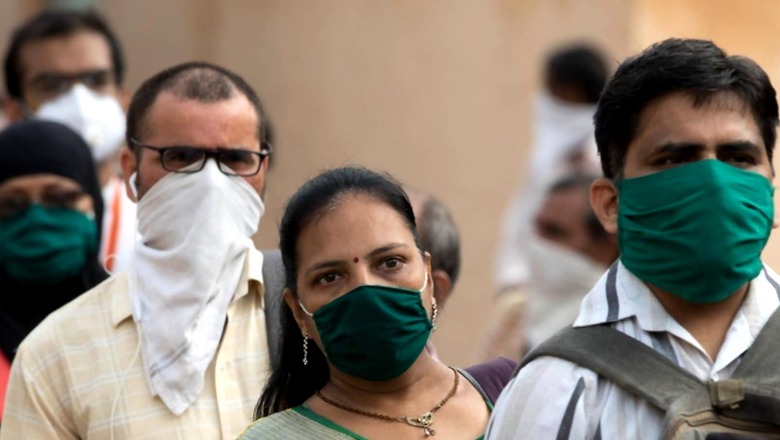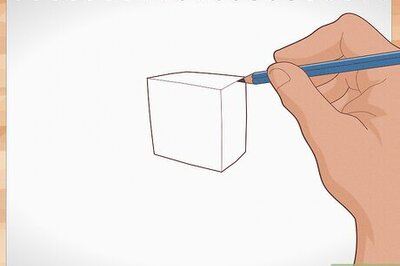
views
Washington: Physical distancing of two metres — about six and a half feet — may not be enough to sufficiently prevent transmission of virus-carrying airborne aerosols indoors, according to a study. The results, published in the journal Sustainable Cities and Society, suggest that physical distance alone is not enough to prevent human exposure to exhaled aerosols and should be implemented with other control strategies such as masking and adequate ventilation. The researchers examined three factors: the amount and rate of air ventilated through a space, the indoor airflow pattern associated with different ventilation strategies and the aerosol emission mode of breathing versus talking.
They also compared transport of tracer gas, typically employed to test leaks in air-tight systems, and human respiratory aerosols ranging in size from one to 10 micrometers. Aerosols in this range can carry SARS-CoV-2, the virus that causes COVID-19.
"We set out to explore the airborne transport of virus-laden particles released from infected people in buildings," said Gen Pei, study first author and doctoral student at Pennsylvania State University in the US. "We investigated the effects of building ventilation and physical distancing as control strategies for indoor exposure to airborne viruses, Pei said.
The study shows that virus-laden particles from an infected person's talking — without a mask — can quickly travel to another person's breathing zone within one minute, even with a distance of two meters. "This trend is pronounced in rooms without sufficient ventilation," said Donghyun Rim, corresponding author and associate professor at Penn State.
The researchers found that aerosols traveled farther and more quickly in rooms with displacement ventilation, where fresh air continuously flows from the floor and pushes old air to an exhaust vent near the ceiling. This is the type of ventilation system installed in most residential homes, and it can result in a human breathing zone concentration of viral aerosols seven times higher than mixed-mode ventilation systems, they said.
Many commercial buildings use mixed-mode systems, which incorporate outside air to dilute the indoor air and result in better air integration, according to the researchers. "This is one of the surprising results: Airborne infection probability could be much higher for residential environments than office environments," Rim said.
"However, in residential environments, operating mechanical fans and stand-alone air cleaners can help reduce infection probability, said Rim. According to the researchers, increasing the ventilation and air mixing rates can effectively reduce the transmission distance and potential accumulation of exhaled aerosols.
However, they noted that ventilation and distance are only two options in an arsenal of protective techniques. "Airborne infection control strategies such as physical distancing, ventilation and mask wearing should be considered together for a layered control," Rim added.
.
Read all the Latest News , Breaking News and Ukraine-Russia War Live Updates here.


















Comments
0 comment